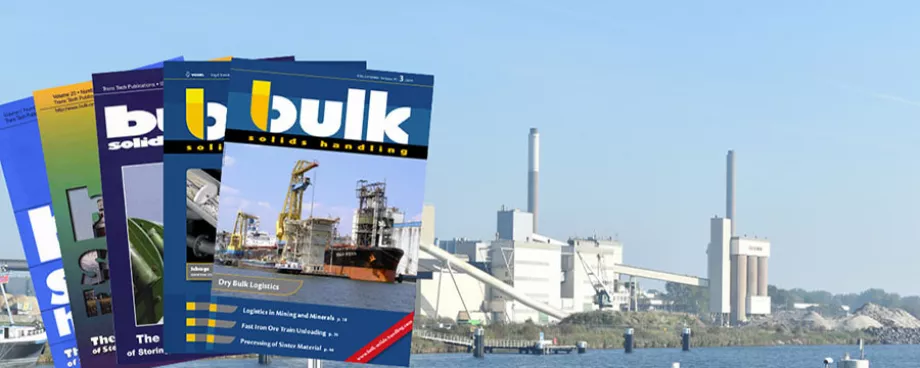Pneumatic conveying is more of an art and not so much an engineering science, as one expert has put it. This still applies today in our age of space travel and microprocessors. All over the world theoretical studies have been made and published by many able engineers and scientists, and have been confirmed in practical tests, but the big specialist firms everywhere continue to work on the basis of their own ''home-made recipes'' which have come about in the most diverse ways. In general, these satisfy practical requirements very well since they are mostly simple and give usable results under the circumstances of everyday practice. But where conditions deviate from the norm, complicated tests are often required to confirm the calculations.
There are many reasons for this. In the pneumatic conveying of solids by means of a carrier gas, which is usually air, CO2 or an inert gas, we are dealing with a two component mixture. The small diagram (Fig. 1) explains the principle of pneumatic conveying. A certain minimum gas velocity is necessary for conveying, and this minimum velocity depends on the condition of the carrier gas and on the physical characteristics of the material to be conveyed. It can be seen from the diagram that the material does not move when the air velocity is low, but there is a velocity at which the material starts to be entrained. This is generally referred to as the choke point.
■







